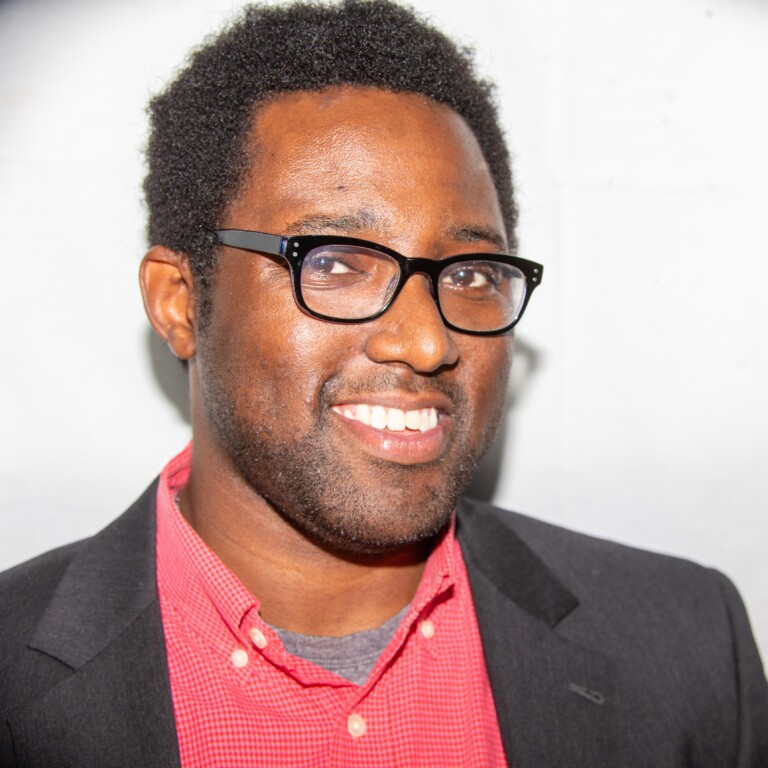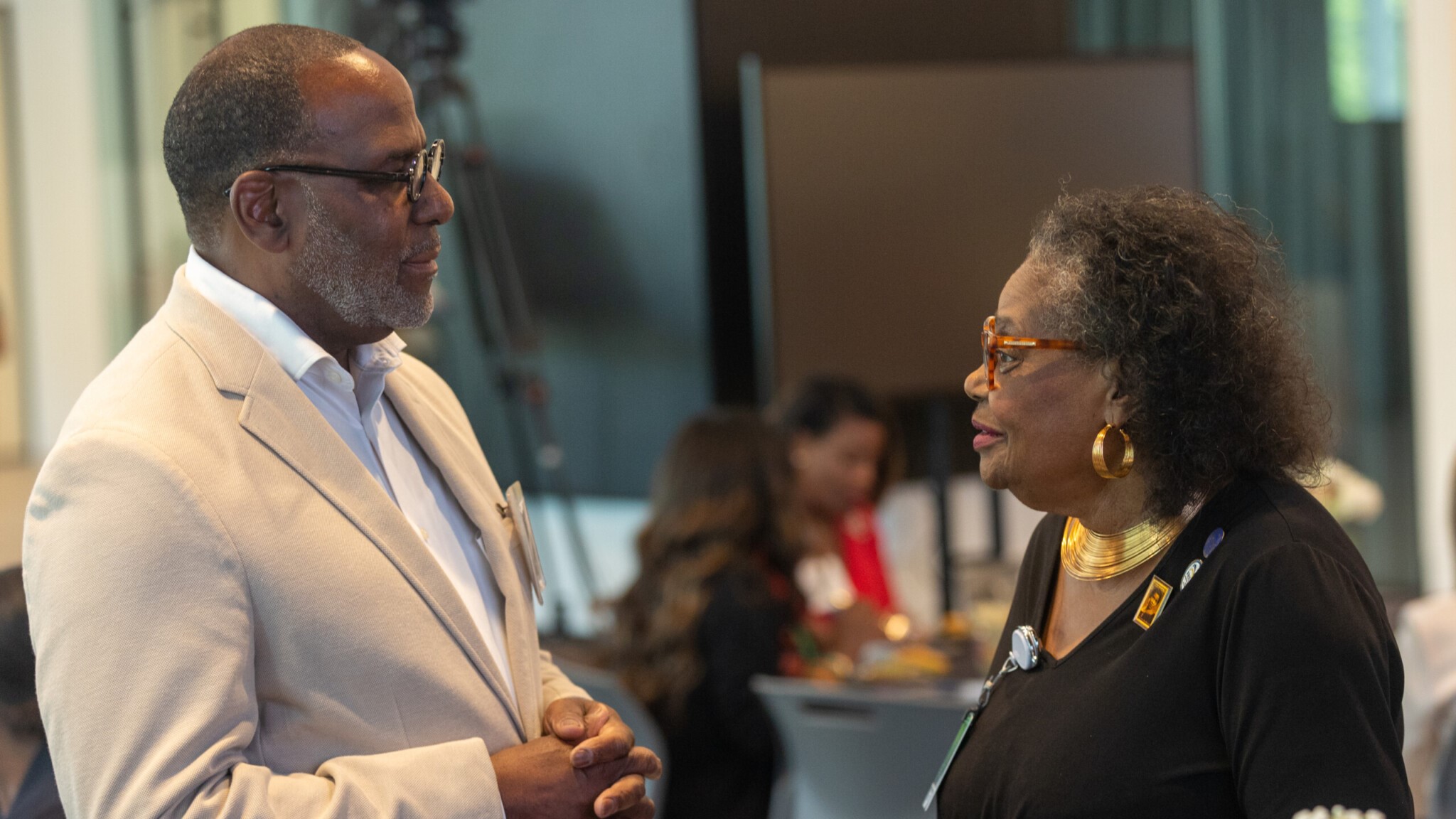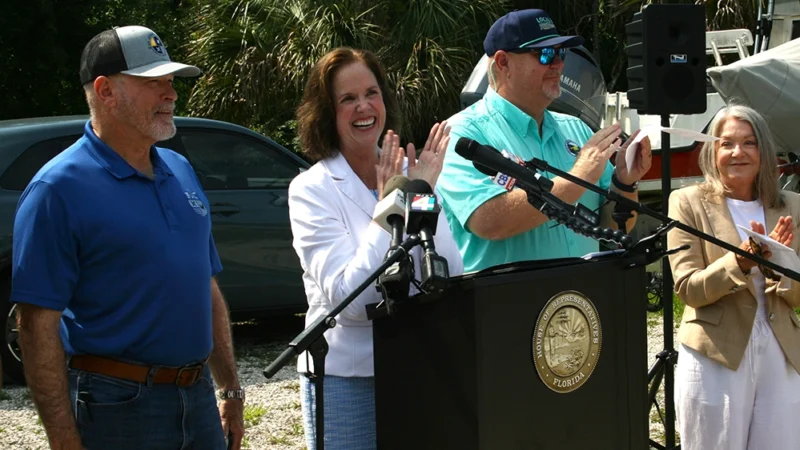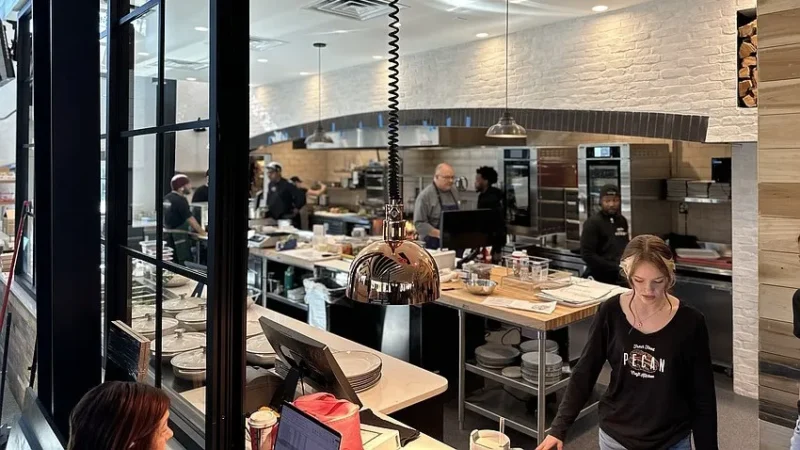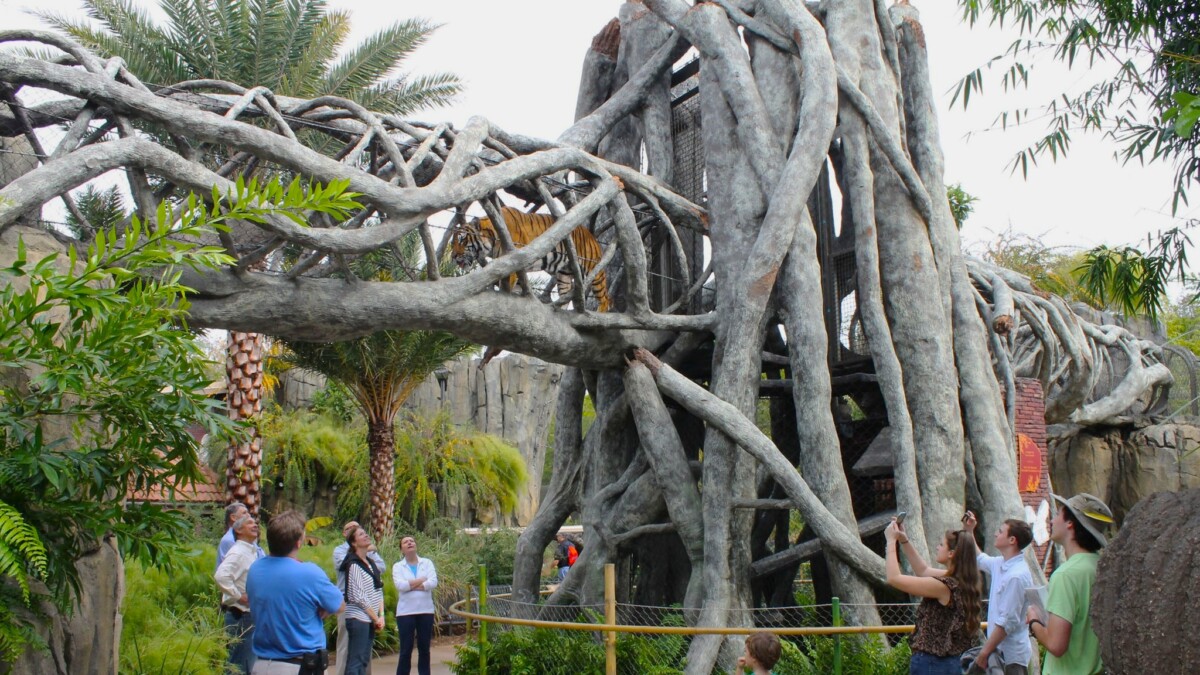Cooperative economics is more than a Kwanzaa principle. In Jacksonville, it’s the financial muscle that helps preserve the legacy of Abraham Lincoln Lewis.
The A.L. Lewis Black Opportunity & Impact Fund decided to expand its impact by having two rounds of grant funding this year. Earlier this month, it provided 40 local nonprofits with $2,000 apiece to help with their grassroots programming ahead of the summer.
The end of the academic year means many of the Lewis grant recipients will focus on providing camps and seminars to children on topics as wide as entrepreneurship, job readiness initiatives and an introduction to science.
Tia Coleman founded I Am The Prize Inc. in 2022. She was one of the $2,000 grant awardees this spring. Coleman says she wanted to provide a roadmap to entrepreneurship for girls in Northwest Jacksonville and Jacksonville’s Westside.
I Am The Prize outlines how girls between 10 and 17 can start a business, the importance of networking and the power of mentorship all while infusing them with leadership skills and self-esteem.
She says receiving a grant in the name of Florida’s first Black millionaire is an honor and a commandment.
“I feel like if its being done for me, it’s up to me to reach back when it’s my turn and be able to pay it forward,” Coleman says. “This is inspiring.”
Coleman says the grant was a personal reminder for her that there are people and entities who want to sow into organizations who strive to build and uplift communities.
Many of the people who donate to the A.L. Lewis Black Opportunity & Impact Fund are not millionaires, as Lewis was during his lifetime.
The fund is part of a giving initiative from The Community Foundation for Northeast Florida that targets seven ZIP codes on the Northside, Eastside and Westside. Since the A.L. Lewis fund was launched in 2022, it has awarded more than $380,000. An opportunity to apply for its large grants will open later this year.
“This fund is so important. When you think of philanthropy, you don’t think of Black and brown,” Coleman says. “You don’t see much of it. This lets us know that the work that we’re doing is valuable. It lets us know that someone out there sees us and we don’t have to follow that notion that you have to work twice as hard to get half as much. They shattered the glass ceiling for entrepreneurs and visionaries like myself.”
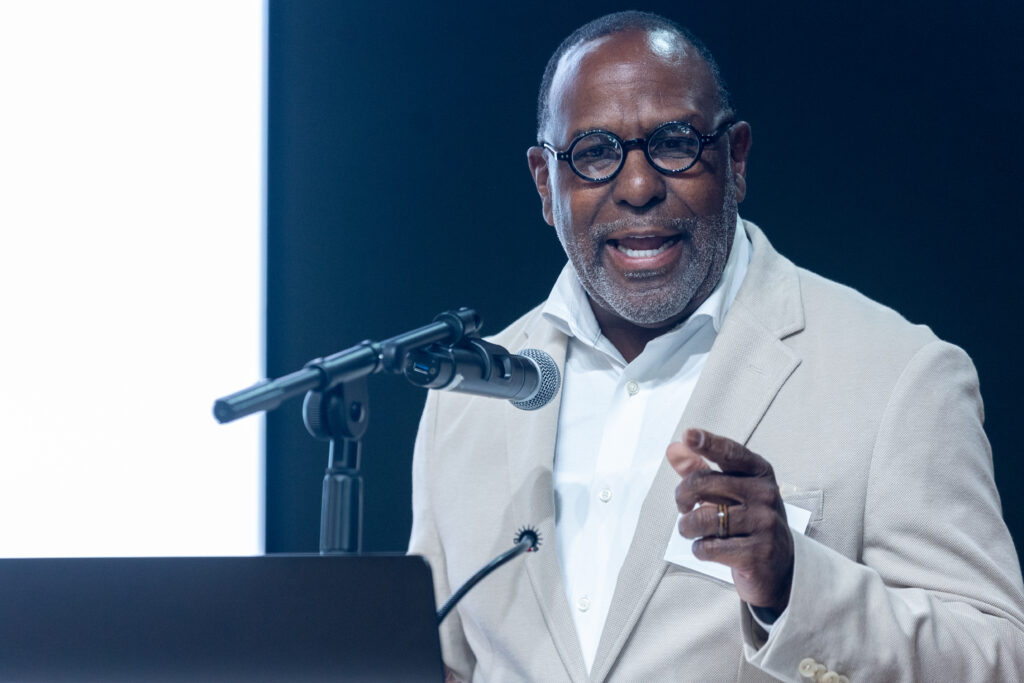
Abraham Lincoln Lewis was a serial entrepreneur and charter member of the National Negro Business League.
Tim Johnson serves as the volunteer chairman of the A.L. Lewis Black Opportunity & Impact Fund. He says the organizations are bright spots in underresourced communities that are doing extraordinary work despite limited capital.
“It’s not one, particular donor trying to make a difference in an area or a community,” Johnson says. “It’s collective of donors pulling their resources together to have a greater impact. We (at the A.L. Lewis fund) do all the hard work. We are identifying those grantees. We are doing a lot of research to identify where the needs are. We’re investing time to go through the selection process, so folks who aren’t millionaires can have impact the same way millionaires do — through collective giving.”
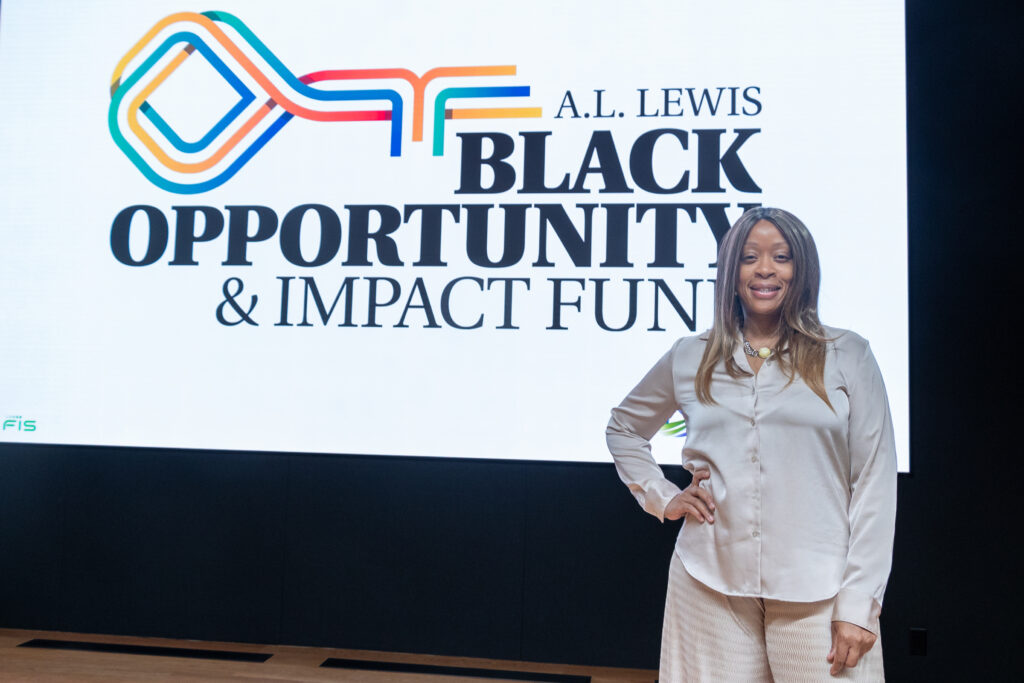
This recruitment of collective giving comes during a period where funding resources that nonprofits have relied upon for years are more uncertain.
In the federal executive branch’s budget proposal to Congress earlier this month, the Office of Management and Budget stated last year’s federal budget “tilted toward funding niche non-governmental organizations.”
It also proposed to cut $4.5 billion from the U.S. Department of Education that is focused on Title I schools as part of a streamlining process.
The administration’s budget proposed cutting $167 million as part of its consolidation of entrepreneurial development programs within the Small Business Administration; $315 million in preschool development grants; and $624 million from the Economic Development Administration and Minority Business Development Agency within the Department of Commerce, as well as eliminating federal funding for AmeriCorps.
Community Foundation Vice President of Civic Leadership Wanda Willis says collective giving is a powerful tool to bring new people into the important work of philanthropy.
The Community Foundation will award grants in two rounds this year. In 2024, the A.L. Lewis fund allocated $275,000 through large awards to a handful of local nonprofits. This year, it provided grants to 40 organizations because of the financial uncertainty that nonprofits across America currently face.
The small grant recipients include organizations that will provide resources for mothers experiencing postpartum depression; help the First Coast Black Nurses Association provide a community health symposium; finance academic scholarships for Florida A&M University undergraduates; foster a young writer’s festival in Brentwood; and fund the installation of beds for community gardens.
“Our nonprofits are facing an existential crisis,” Johnson says. “There have been enormous drawbacks in government funding. It’s very difficult to do the work they do without capital. These are grassroots organizations. They are more than just that. They are bright spots in communities that are under-resourced and they are doing amazing things. With small grants, they are able to help a lot of people.”
